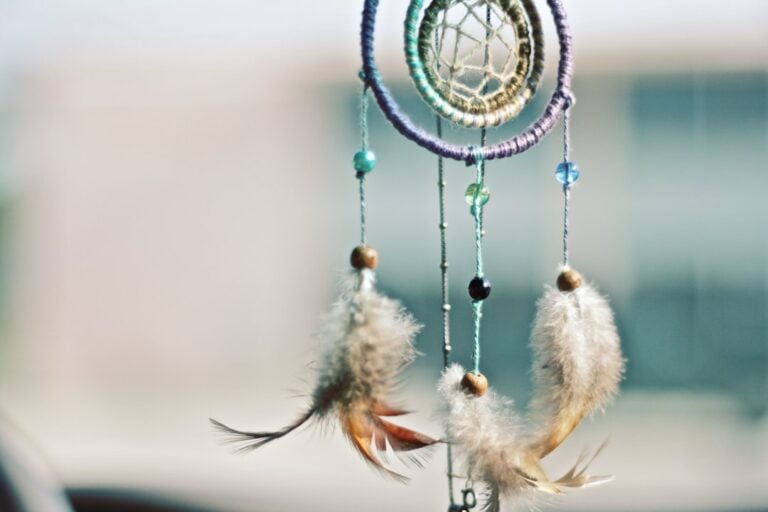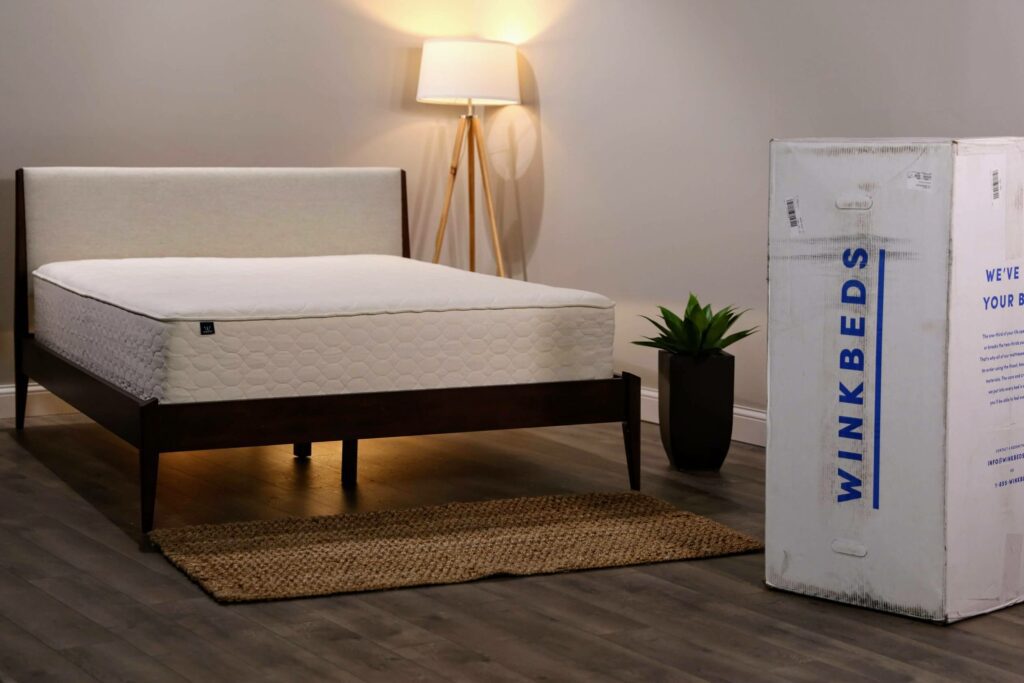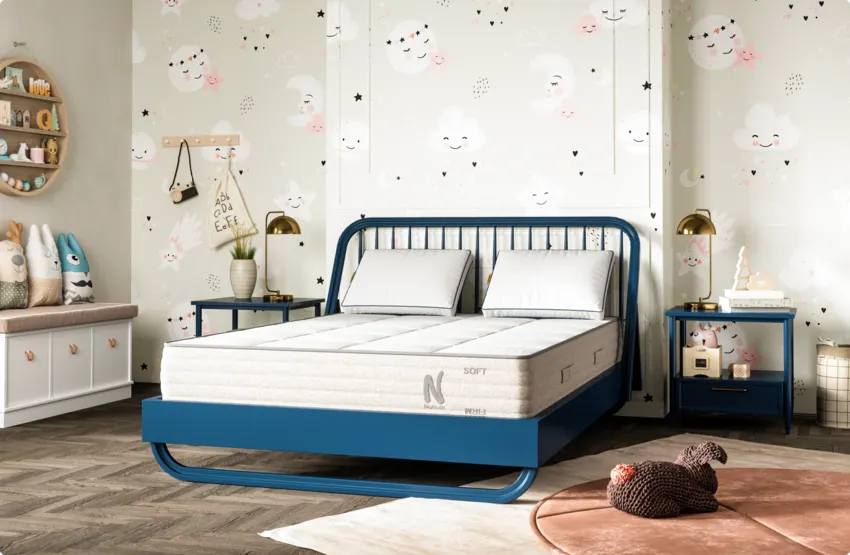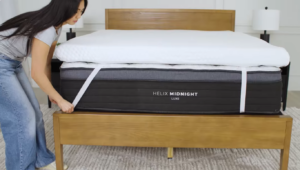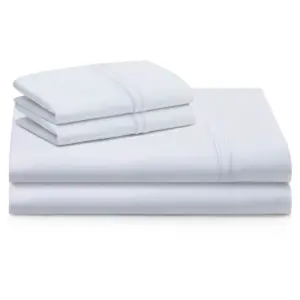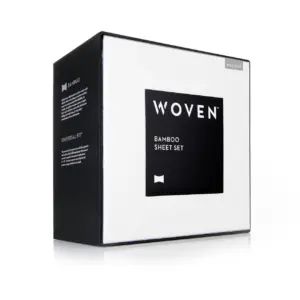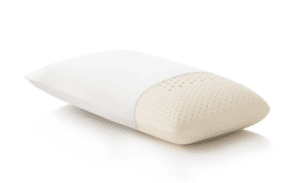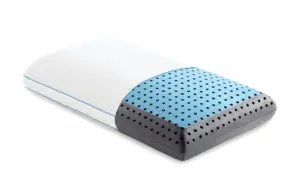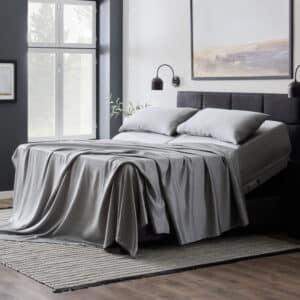How I Understood Dream Catchers in 7 Days
The Fascinating World of Dream Catchers
Dream catchers, originating from the Ojibwe tribe, are much more than decorative elements; they represent a rich tapestry of cultural significance and spiritual protection. Designed to safeguard the unsuspecting sleeper from nightmares, they serve as filters that allow only good dreams to pass through. The enchanting tales of the Spider Woman, the guardian spirit behind these creations, highlight their deep-rooted importance.
A Brief Overview of Dream Catchers
– Origins: Traditionally crafted by the Ojibwe Nation.
– Purpose: To shield sleepers from nightmares while permitting only positive dreams.
– Cultural Significance: Symbols of energy, wisdom, and spiritual welfare.
I’m Ben Trapskin, creator of Yawnder, and I have dedicated years to unraveling the mysteries of how dream catchers work. Join me on this enlightening journey to discover the origins and purpose of these intriguing artifacts.
Day 1: Unearthing the Origins of Dream Catchers
The journey begins with the Ojibwe tribe, whose legends lay the foundation for the dream catcher’s significance. Spiders, often misunderstood, are revered as protectors within this culture. According to Ojibwe lore, a mystical figure known as the Spider Woman, or Asibikaashi, worked tirelessly to safeguard her people. As the tribe expanded, her protective abilities became strained, leading her to design the first dream catcher. Mothers and grandmothers took this inspiration to protect their families from bad dreams.
Over the years, the dream catcher’s usage spread to tribes like the Lakota, blending seamlessly into their traditions through intermarriage and cultural exchange. The legend of the Spider Woman serves as the backbone of dream catchers, emphasizing their role as protective talismans, especially for children.
For the Ojibwe, dreams were seen as potent experiences affecting one’s character and soul. This belief underscores why dream catchers are essential; they not only capture nightmares but also help nurture positive qualities like kindness and wisdom.
Day 2: The Structure of a Dream Catcher
At first glance, dream catchers appear simply ornamental, but each component is steeped in meaning. From the hoop and web to beads and feathers, let’s explore the heart of these creations.
– The Hoop: Typically made from red willow, the hoop symbolizes the continuity of life, embodying the cycle of existence. While modern catchers may use different materials, the symbolism remains unwavering.
– The Web: Mirroring a spider’s web, it represents Asibikaashi’s protective instincts, trapping negative energies and bad dreams, which are then destroyed by sunlight each morning.
– Feathers: Attached to the bottom, feathers act as soft guides for good dreams, helping them descend gently to the sleeper.
– Beads: Often woven into the web, beads can represent either the spiders who spun the web or signify the dreams illuminated within its sacred net.
Each element of a dream catcher has a unique story and purpose rooted in Native American culture.
Day 3: How Do Dream Catchers Filter Dreams?
Understanding how dream catchers function illuminates their significance. The web plays a crucial role in filtering dreams. According to tradition, it ensnares bad dreams while allowing good dreams to pass through a central hole.
Upon waking, sunlight destroys the captured nightmares, ensuring a clean start for the sleeper. This purification ritual signifies the dream catcher’s readiness for another night’s protection—thus, placement is key. Position your dream catcher where it can bask in the morning light for optimal effectiveness.
Day 4: The Rich Symbolism Behind Dream Catchers
Dream catchers possess a wealth of symbolism that enriches their cultural narrative. The hoop signifies the circle of life, representing interconnectedness and the eternal cycle of existence.
Each part of the dream catcher has layered meanings; for instance:
– Feathers: Represent the breath of life.
– Beads: Symbolize captured dreams or the legacy of the spider.
Some dream catchers even incorporate gemstones or arrowheads, offering spiritual protection and connecting to sacred energies.
Day 5: Crafting Your Dream Catcher
Creating your own dream catcher can be a deeply rewarding experience, bridging creativity and tradition. Follow these steps to craft one:
Supplies Needed:
– A large hoop (wood or metal)
– Thick yarn
– Needle
– Feathers and beads
– Hot glue gun
Instructions:
1. Wrap the Hoop: Secure yarn to the hoop and wrap until fully covered.
2. Weave the Web: Use a threaded needle to create a web pattern, incorporating beads as desired.
3. Attach Feathers and Beads: Create clusters with the feathers and add them to the hoop, securing with thread.
Enjoy the process, allowing personal intention to infuse your creation with meaning.
Day 6: Modern Variations and Cultural Context
While dream catchers have maintained their traditional roots, they now serve various modern purposes. They adorn homes, become fashion accessories, and are found in gift shops worldwide.
Nevertheless, as their popularity spreads, it’s essential to approach with respect. Cultural appropriation poses risks when these artifacts are sold without acknowledging their origins. Prioritize ethical sourcing—authentic dream catchers made by Indigenous artisans not only uphold cultural integrity but also support those communities.
Day 7: Dream Catchers in Popular Culture
Dream catchers appear prominently in films, television, and various forms of media. Often symbolizing protection and spirituality, they resonate with audiences.
In movies like Dreamcatcher, they symbolize unity and supernatural bonds, while in shows like Supernatural, they are tools against nightmares. The allure of dream catchers has led to their proliferation in gift shops and online marketplaces, reinforcing their significance in contemporary culture.
Conclusion: Embracing the Journey of Understanding Dream Catchers
The exploration of dream catchers has offered profound insights into their cultural and spiritual roles. More than mere decorations, they embody deep meanings of protection, wisdom, and energy.
At Yawnder, we celebrate the rich heritage of dream catchers and the importance of restful sleep. Our sleep products, carefully curated and designed, complement the calming presence of dream catchers in your environment. Enjoy shopping for your sleep solutions from home, knowing you are enhancing your sleep experience with these meaningful artifacts.
Thank you for embarking on this journey to understand dream catchers. May your nights be filled with sweet dreams!

